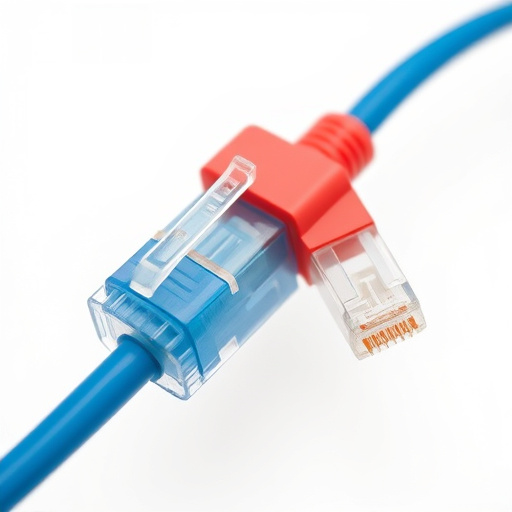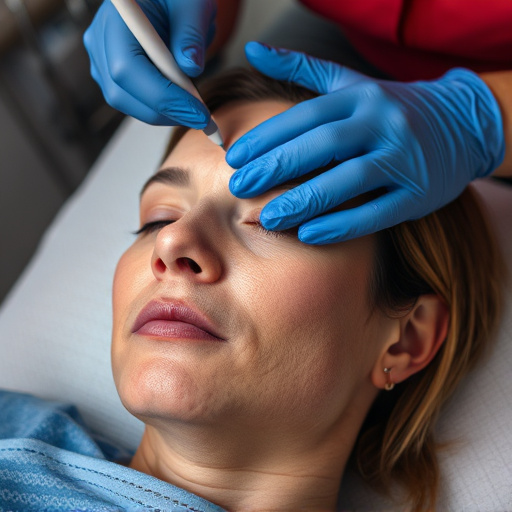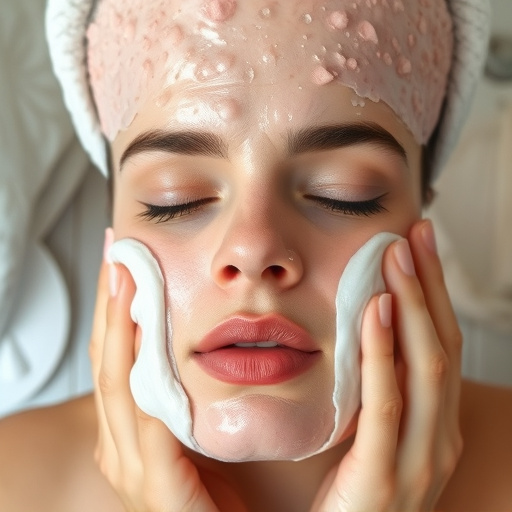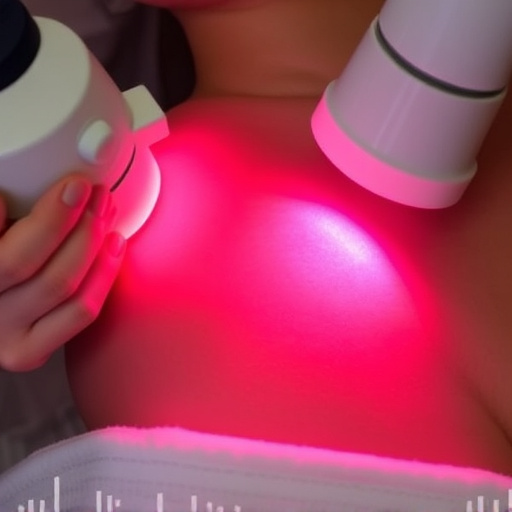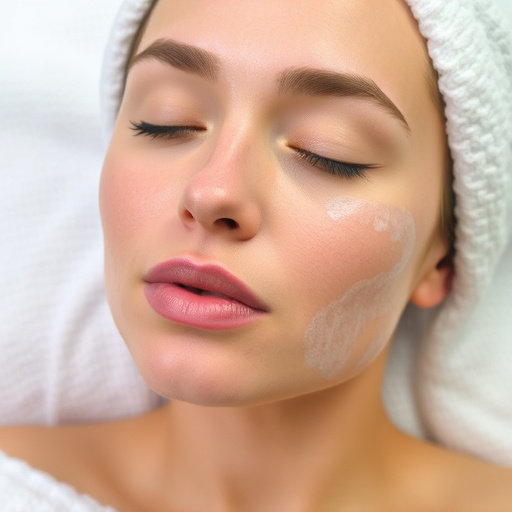The FDA approval process ensures medical procedures' safety and efficacy in the US. Tailoring choices to individual needs, researching techniques, and consulting experts is crucial. Thoroughly evaluate benefits and risks of FDA-approved cosmetic procedures like laser hair removal, skin tightening, and anti-aging treatments for informed decision-making.
Choosing the right FDA-approved procedure ensures safety and effectiveness. This guide helps you navigate the process by first understanding how the FDA approves medical devices and drugs. Next, it identifies suitable procedures based on individual needs. Weighing the benefits against risks is crucial for informed decision-making. Discover expert tips to select from a range of FDA-approved treatments, ensuring peace of mind and optimal health outcomes.
- Understanding FDA Approval Process
- Identifying Suitable Medical Procedures
- Weighing Benefits and Risks
Understanding FDA Approval Process

The Food and Drug Administration (FDA) approval process plays a critical role in ensuring the safety and efficacy of medical procedures in the United States. Before any FDA-approved procedure can be offered to patients, extensive testing and evaluation are required. Manufacturers or developers must submit substantial data from clinical trials demonstrating that their product is both safe and effective for its intended use. This rigorous process involves examining various aspects, including the active ingredients, potential risks, benefits, and overall performance in real-world scenarios. By adhering to these stringent guidelines, the FDA guarantees that only reputable and reliable procedures make it to the market.
Understanding this approval process is essential when considering any cosmetic or medical treatment, especially non-surgical treatments like chemical peels and pore refinement. These FDA-approved procedures offer numerous advantages, including minimal downtime, improved skin health, and enhanced aesthetic results. When exploring options, individuals can rest assured that their chosen method has undergone thorough scrutiny, ensuring a higher level of confidence in the desired outcomes.
Identifying Suitable Medical Procedures

When considering an FDA approved medical procedure, the first step is to identify which treatments align with your specific needs and goals. It’s important to remember that not all procedures are created equal; some are more suitable for certain skin types, conditions, or desired outcomes than others. For instance, if you’re looking to enhance your skin’s appearance, aesthetic treatments like microneedling therapy can stimulate collagen production and improve texture. On the other hand, if you’re seeking a non-invasive way to reduce unwanted hair, laser hair removal could be an ideal option.
Understanding the landscape of FDA approved procedures involves researching various techniques and consulting with healthcare professionals. They can guide you based on your medical history, skin condition, budget, and desired results. Some popular choices include laser treatments for skin rejuvenation, Botox for dynamic wrinkle reduction, or dermal fillers to add volume. Remember, a suitable procedure should offer both safety and effectiveness, so always consult reliable sources and experts before making a decision.
Weighing Benefits and Risks

When considering an FDA approved procedure, it’s crucial to engage in a thoughtful evaluation of both benefits and risks. Each FDA approved procedure has its unique advantages and potential drawbacks, so thoroughly understanding these aspects is essential for making an informed decision. Start by researching different options like laser hair removal, skin tightening, or anti-aging treatments, each with its own set of pros and cons.
Weigh the long-term benefits against immediate risks. For instance, laser hair removal offers permanent hair reduction but might cause temporary skin irritation. Skin tightening procedures can enhance your complexion but carry a risk of scarring if not performed correctly. Anti-aging treatments promise a youthful glow, yet they may have side effects and require ongoing maintenance. Carefully considering these factors will help you select the FDA approved procedure that best aligns with your goals and helps you make a decision with confidence.
Choosing the right FDA-approved procedure involves a thorough understanding of the approval process, careful consideration of your medical needs, and a balanced assessment of benefits and risks. By educating yourself on these key aspects, you can make an informed decision that aligns with your healthcare goals. Remember, FDA approval guarantees safety and efficacy, but it’s essential to select a procedure tailored to your unique circumstances.





